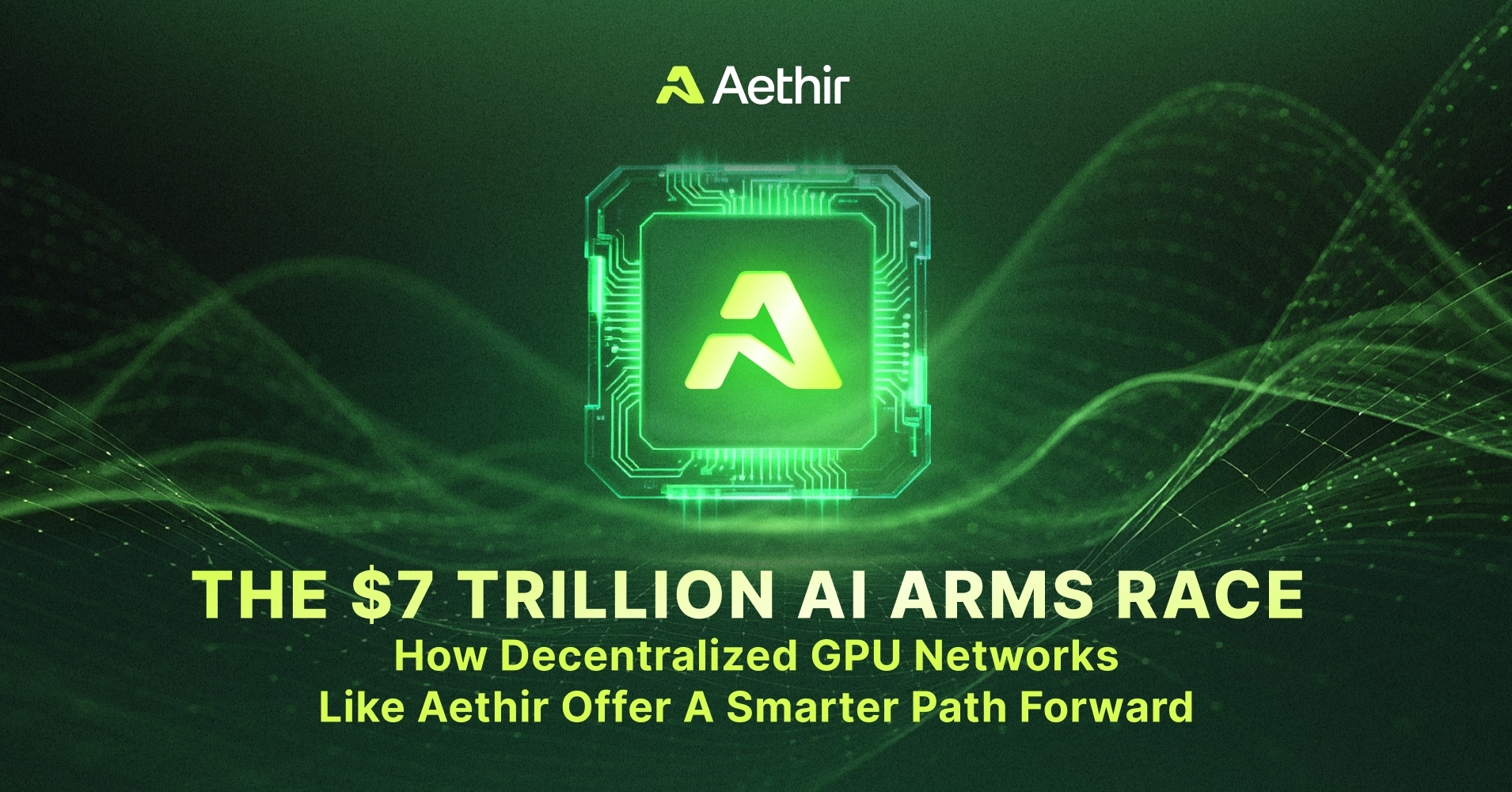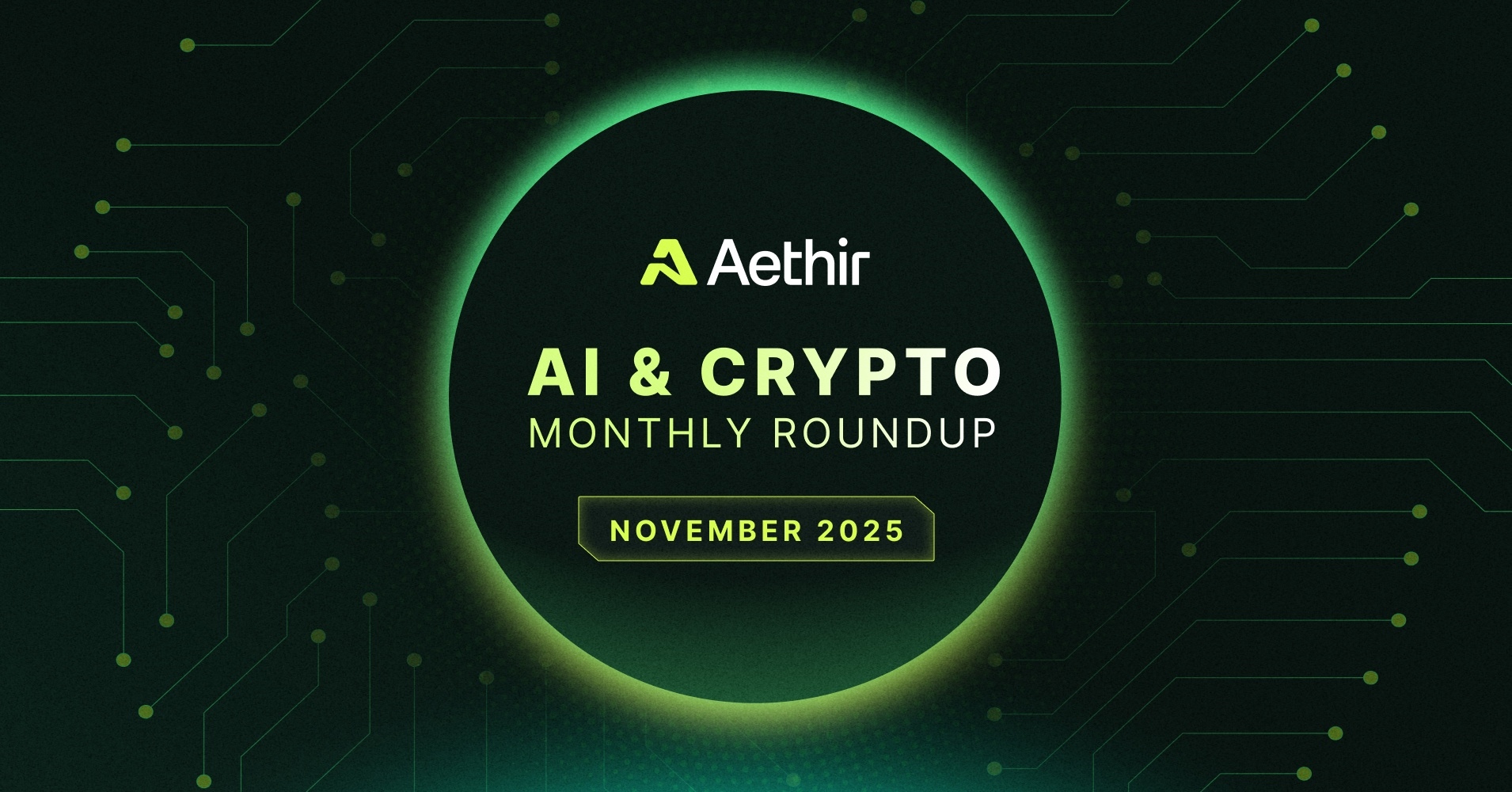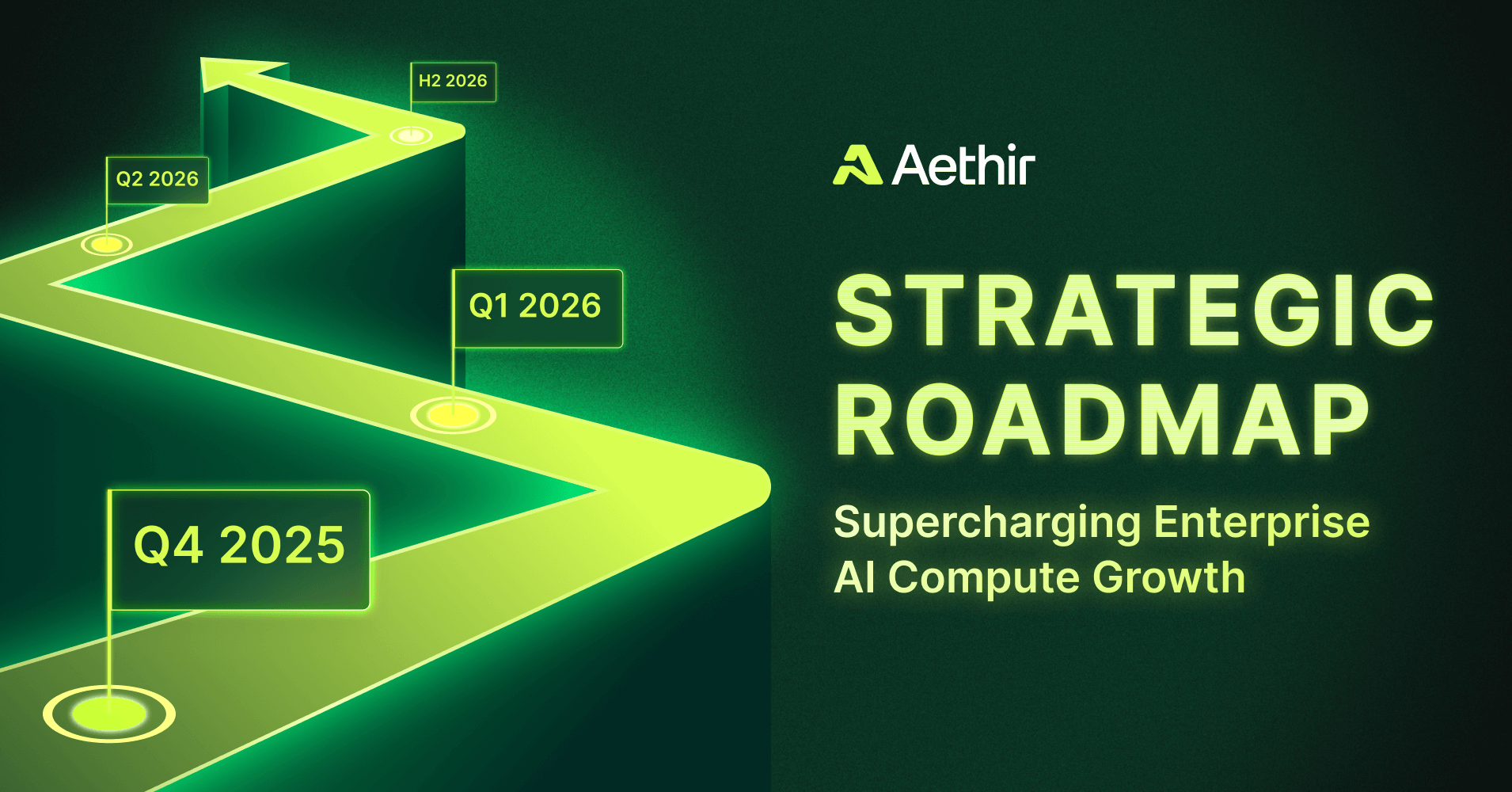La industria de la inteligencia artificial está experimentando una transformación fundamental en sus requisitos computacionales, impulsada por el escalamiento exponencial de grandes modelos de lenguaje. El reciente lanzamiento de GPT-5 en agosto de 2025 ha cristalizado este cambio, demostrando capacidades que requerían un mínimo estimado de 50 000 GPU H100 para el entrenamiento, más del doble de los recursos computacionales utilizados para GPT-4. Este drástico escalamiento refleja una tendencia más amplia en la industria, donde los requisitos de GPU han evolucionado desde configuraciones modestas de una sola tarjeta hasta clústeres masivos que consumen gigavatios de energía.
Análisis recientes del sector sugieren que la infraestructura moderna de IA puede entrenar modelos con una potencia 4000 veces superior a la de GPT4, lo que pone de relieve la magnitud de esta transformación. Este crecimiento exponencial de la demanda computacional no se limita a empresas individuales, sino que representa un cambio en todo el sector que está redefiniendo la dinámica competitiva, los patrones de inversión y la infraestructura tecnológica en todo el ecosistema de modelos lingüísticos. Mientras la infraestructura centralizada tradicional lucha por satisfacer estas demandas sin precedentes, surgen soluciones innovadoras como la computación en la nube descentralizada con GPU de Aethir para democratizar el acceso a la potencia computacional necesaria para el desarrollo de IA de vanguardia.
De GPU individuales a clústeres de supercomputadoras:
El viaje desde los primeros modelos de lenguaje hasta los sistemas fronterizos actuales revela una transformación dramática en las demandas computacionales.Los primeros modelos neuronales del lenguaje operaban cómodamente dentro de las limitaciones de la computación tradicional, donde 8-16 GB de VRAM eran suficientes tanto para las tareas de entrenamiento como de inferencia. Estos modelos podían ser desarrollados por laboratorios de investigación universitarios y pequeños equipos con presupuestos modestos, lo que democratizaba el acceso a las capacidades de procesamiento del lenguaje natural. El cambio de paradigma comenzó con el descubrimiento del escalamiento laws, que demostró que el rendimiento del modelo mejoraba predeciblemente con el aumento de parámetros, datos y cómputo. Este descubrimiento desencadenó una carrera por escalar en toda la industria, transformando fundamentalmente la economía del desarrollo de IA. Los modelos de lenguajes grandes modernos han superado la capacidad de memoria incluso de las GPU más potentes, lo que requiere un entrenamiento distribuido en miles de unidades especializadas.
El estado actual refleja esta transformación:
- Las series A100 y H100 de NVIDIA se han convertido en el estándar de la industria para la formación LLM.
- Las limitaciones de suministro de chips de IA de vanguardia influyen en las decisiones estratégicas de toda la industria
- Las empresas ahora miden su ventaja competitiva en función de su capacidad para proteger e implementar clústeres masivos de GPU
- Los requisitos computacionales demostrados por GPT-5 han aumentado efectivamente la escala mínima viable para el desarrollo de modelos de frontera.
GPT-5 establece nuevos puntos de referencia para la industria:
GPT-5 El lanzamiento de GPT-5 ha establecido nuevos estándares de referencia en la industria, tanto para la capacidad como para los requisitos de infraestructura. El impresionante rendimiento del modelo —que alcanzó un 94,6 % en los puntos de referencia matemáticos de AIME 2025 y un 74,9 % en las tareas de codificación verificadas por SWE-Bench— demuestra lo que se puede lograr con una inversión computacional suficiente. Más significativamente para la industria, la ventana de contexto de 256 000 tokens de GPT-5 y sus capacidades de razonamiento avanzadas requirieron una infraestructura que supera los límites de la tecnología actual de los centros de datos. Los analistas de la industria estiman que el entrenamiento de GPT-5 consumió más de 250 MW de potencia continua durante periodos prolongados, equivalentes a las necesidades eléctricas de una ciudad mediana. La infraestructura de soporte incluye sistemas de refrigeración especializados, redes de alta velocidad capaces de coordinar el entrenamiento entre decenas de miles de GPU y sistemas de distribución de energía capaces de gestionar cargas eléctricas sin precedentes.
Las implicaciones clave para la infraestructura incluyen:
- Requisitos computacionales que consoliden eficazmente las capacidades avanzadas de IA entre organizaciones bien capitalizadas
- Influencia en los patrones de financiación del capital de riesgo y en los debates sobre estrategias nacionales de IA
- Reconocimiento de la infraestructura computacional como estratégicamente importante para la competitividad tecnológica
Carrera por la infraestructura en toda la industria:
La respuesta a los crecientes requisitos computacionales ha desencadenado inversiones en infraestructura sin precedentes en toda la industria de la IA.Grandes empresas tecnológicas están invirtiendo cientos de miles de millones de dólares en centros de datos específicos de IA, creando una nueva categoría de instalaciones especializadas diseñadas exclusivamente para el entrenamiento y la inferencia de modelos a gran escala.
Los enfoques estratégicos varían según la industria:
Estrategia de implementación rápida:La xAI de Elon Musk ejemplifica la filosofía de "construir rápido y escalar agresivamente", construyendo la Supercomputadora Colossus Con más de 100 000 GPU NVIDIA H100 en tan solo 122 días. Este logro demuestra cómo una ejecución enfocada y un capital significativo pueden implementar rápidamente una infraestructura que compite con empresas consolidadas. El ambicioso objetivo de xAI de...50 millones de unidades equivalentes de H100 dentro de cinco años representa aproximadamente 50 exaFLOPS de cómputo para entrenamiento de IA.
Estrategia de inversión sostenida: Meta ilustra el enfoque de compromiso a largo plazo, logrando 350.000 GPU H100 implementadas para fines de 2024 y comprometiéndose 60-65 mil millones de dólares para infraestructura de IA solo en 2025. El objetivo de Meta de alcanzar 1,3 millones de GPU en total representa uno de los mayores desarrollos computacionales privados de la historia, lo que permite a la empresa entrenar múltiples modelos grandes simultáneamente y, al mismo tiempo, mantener la paridad competitiva con sistemas de vanguardia como GPT-5.
Evolución de la infraestructura en la nube: Proveedores de nube tradicionales se han convertido en socios de infraestructura cruciales, con Amazon Web Services, Microsoft Azure y Google Cloud Platform compitiendo para ofrecer servicios especializados de entrenamiento de IA. Estas plataformas brindan acceso a clústeres masivos de GPU sin requerir que las organizaciones individuales realicen grandes inversiones de capital, lo que potencialmente democratiza el acceso a capacidades de entrenamiento de modelos de vanguardia. Sin embargo, la naturaleza centralizada de estas soluciones crea cuellos de botella y restricciones de suministro que limitan la accesibilidad para muchas organizaciones.
Este desafío ha impulsado la innovación en soluciones de infraestructura descentralizada. Empresas como Aethir son pioneras en redes de GPU distribuidas que agregan recursos informáticos de múltiples fuentes, creando alternativas más flexibles y accesibles a la infraestructura de nube tradicional. Al aprovechar la capacidad de GPU infrautilizada de diversos proveedores de hardware, el enfoque de Aethir aborda las limitaciones de suministro que se han convertido en una característica definitoria del panorama actual de la infraestructura de IA, ofreciendo a empresas y desarrolladores acceso escalable a los recursos informáticos necesarios para el desarrollo e implementación de LLM.
Redefiniendo el panorama competitivo:
Los requisitos de infraestructura demostrados por GPT-5 y adoptados en toda la industria están transformando radicalmente el panorama competitivo del desarrollo de la inteligencia artificial. Los requisitos de capital para entrenamiento del modelo fronterizo—ahora medidos en cientos de millones de dólares por capacitación— han creado nuevas barreras de entrada que favorecen a las organizaciones bien capitalizadas.
La infraestructura eléctrica se ha convertido en una limitación crítica en toda la industria. La demanda de electricidad de las modernas instalaciones de entrenamiento de IA está sobrecargando las redes eléctricas locales y obligando a las empresas a invertir en capacidades dedicadas de generación de energía. OpenAI opera lo que ahora se describe como el edificio de centro de datos más grande del mundo, con un consumo de 300 MW de energía y planes de expansión para...un gigavatio para 2026.
La tensión entre democratización y concentración sigue siendo un desafío clave. Si bien el acceso a la nube a potentes recursos computacionales puede, en teoría, permitir la competencia a organizaciones más pequeñas, las limitaciones prácticas del suministro de chips y la capacidad de la infraestructura implican que el acceso sigue siendo limitado. La industria está explorando diversos enfoques para abordar este desafío, desde algoritmos de entrenamiento más eficientes hasta enfoques de aprendizaje federado que distribuyen el entrenamiento entre múltiples clústeres más pequeños.
El camino hacia adelante:
En el futuro, la trayectoria establecida por GPT-5 y la respuesta más amplia de la industria sugieren un crecimiento exponencial continuo en los requisitos computacionales. Las proyecciones de la industria indican que la próxima generación de modelos fronterizos puede requerir recursos computacionales que excedan las capacidades actuales en órdenes de magnitud, lo que potencialmente requerirá nuevos enfoques de entrenamiento distribuido y nuevas arquitecturas de hardware.
Las organizaciones y naciones que superen con éxito estos desafíos de infraestructura probablemente determinarán la dirección futura del desarrollo y la implementación de la inteligencia artificial en la economía global. A medida que la industria continúa ampliando los límites de lo posible con los grandes modelos de lenguaje, la revolución de la infraestructura impulsada por GPT-5 y ejemplificada por empresas como xAI y Meta seguirá transformando nuestra concepción de los recursos computacionales, la ventaja competitiva y la democratización de las capacidades de la IA.
En este panorama en constante evolución, las soluciones de infraestructura descentralizada, como la nube de GPU distribuida de Aethir, representan una vía crucial para garantizar que el potencial transformador de los grandes modelos lingüísticos siga siendo accesible para un ecosistema más amplio de desarrolladores, investigadores y organizaciones. Al abordar los desafíos fundamentales de suministro y accesibilidad que han surgido junto con el crecimiento exponencial de la computación, estos enfoques innovadores pueden resultar esenciales para mantener el ritmo de la innovación en IA y, al mismo tiempo, evitar la concentración de capacidades de IA de vanguardia en un pequeño número de entidades con un capital sólido.






